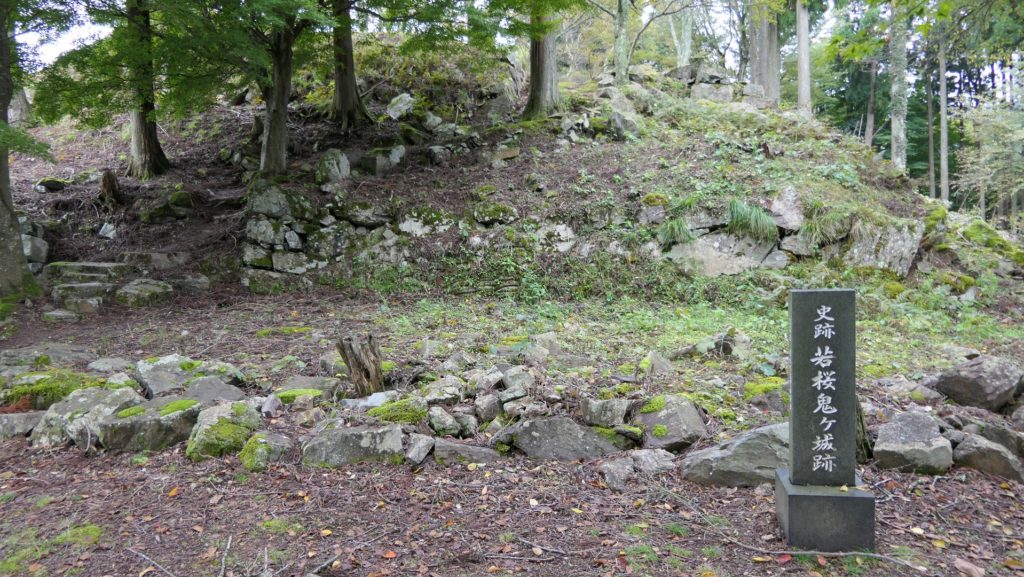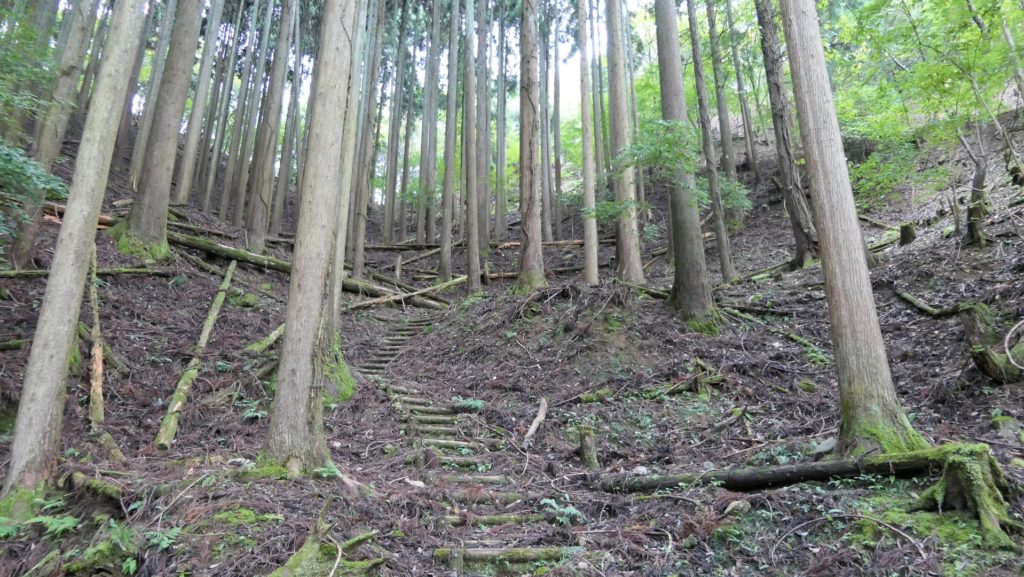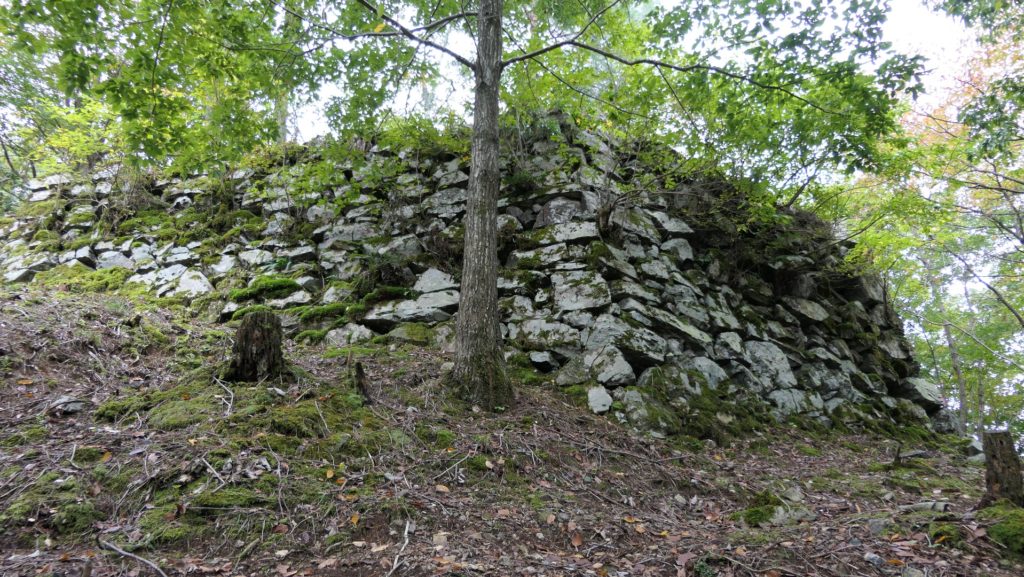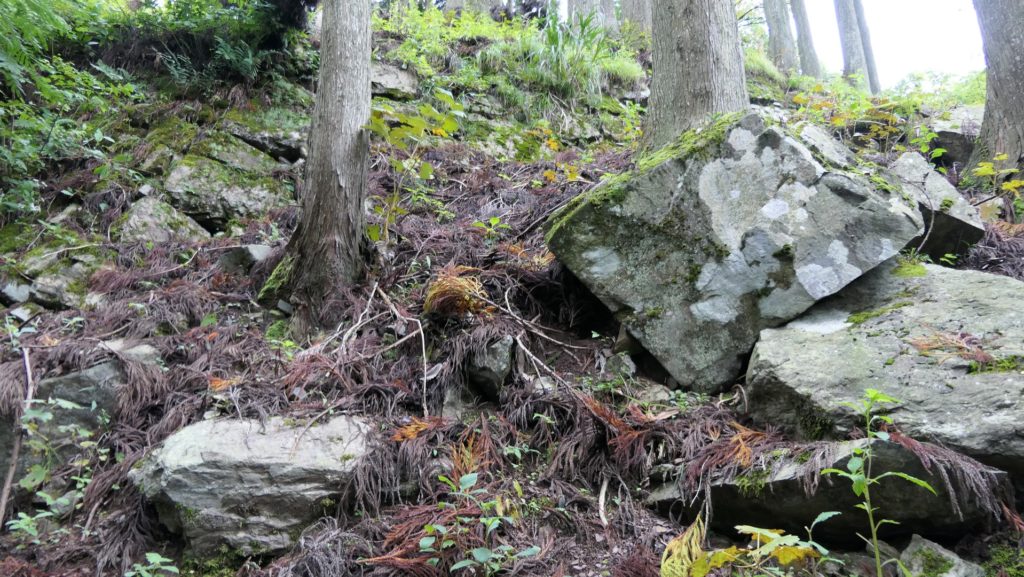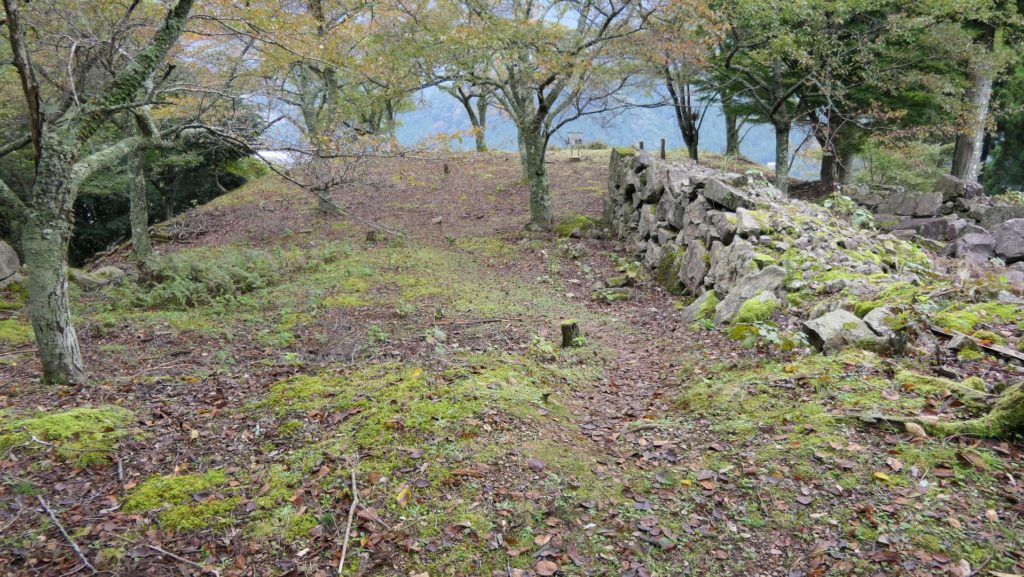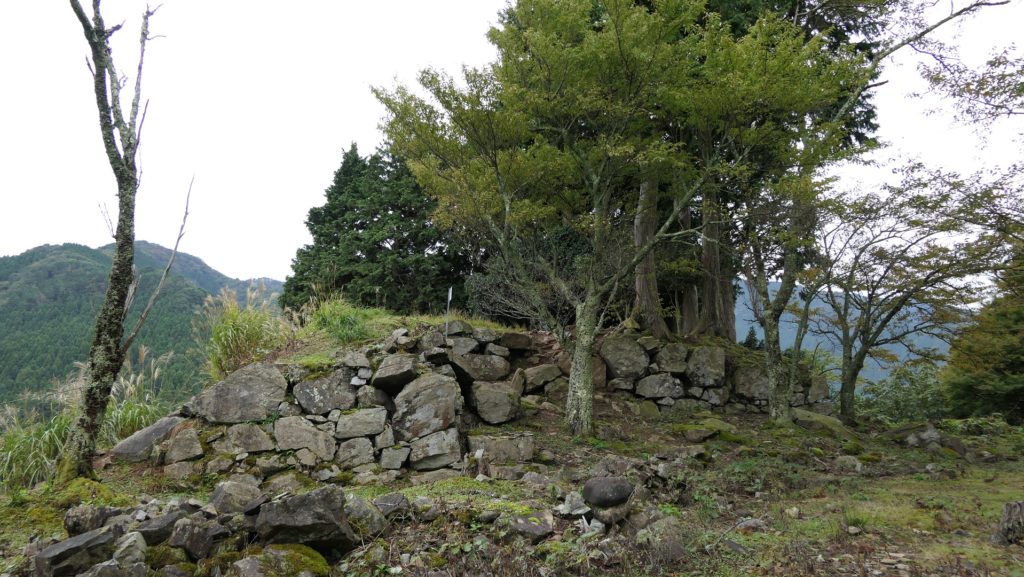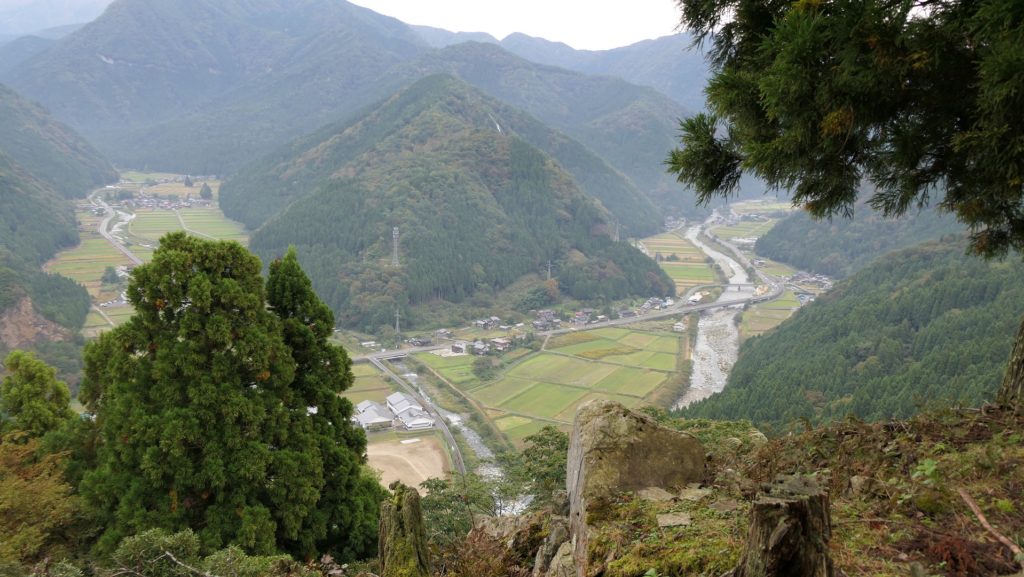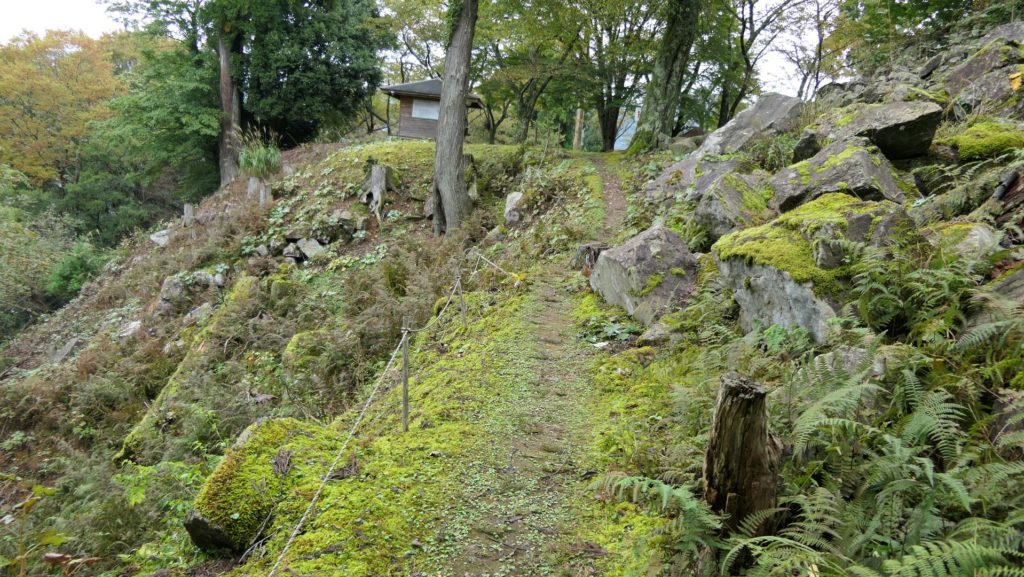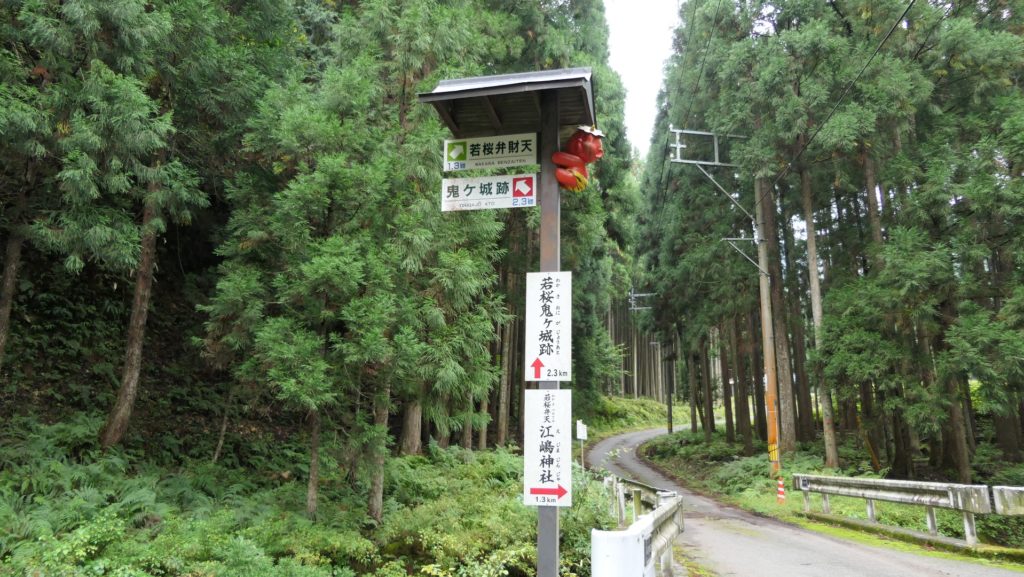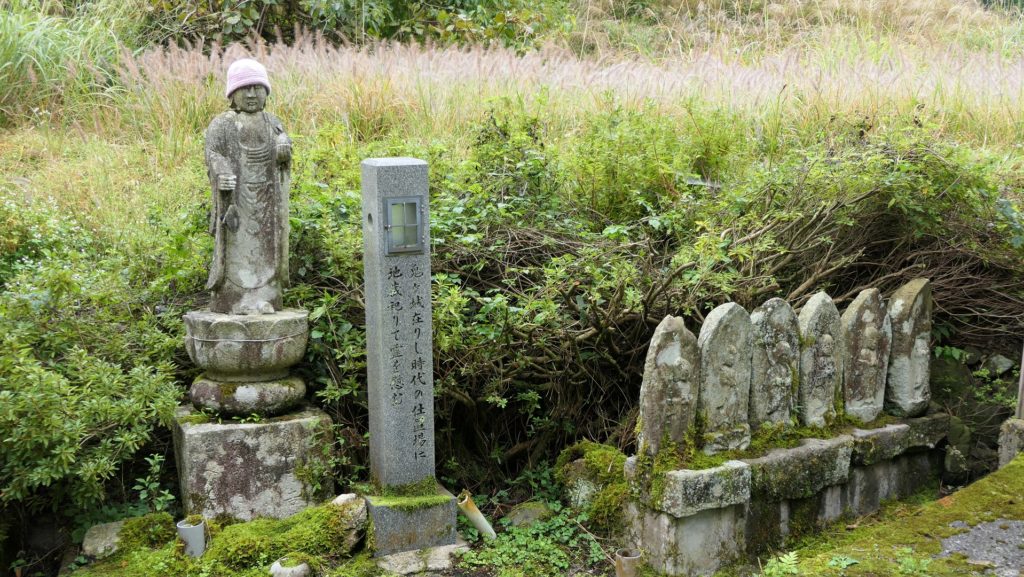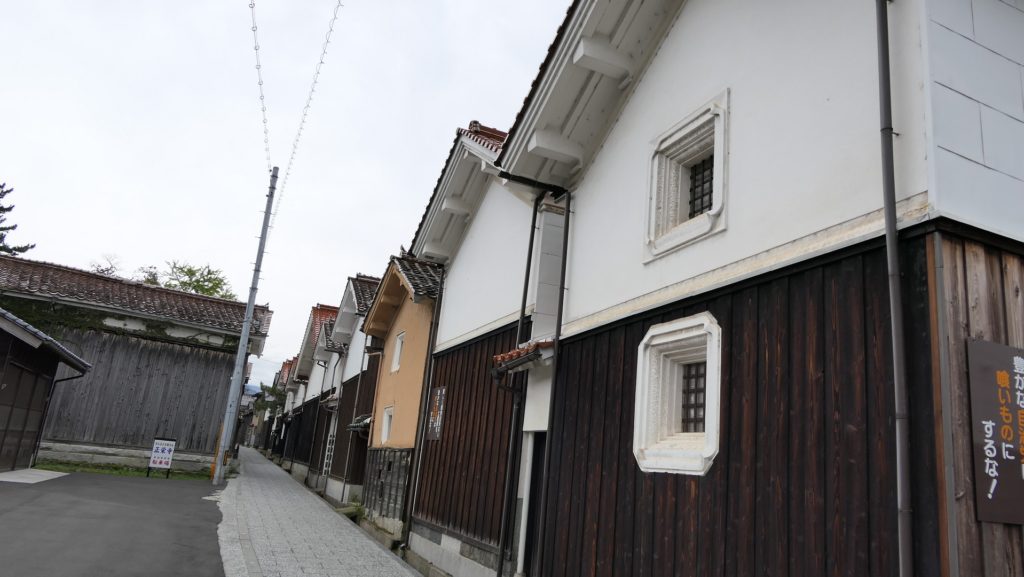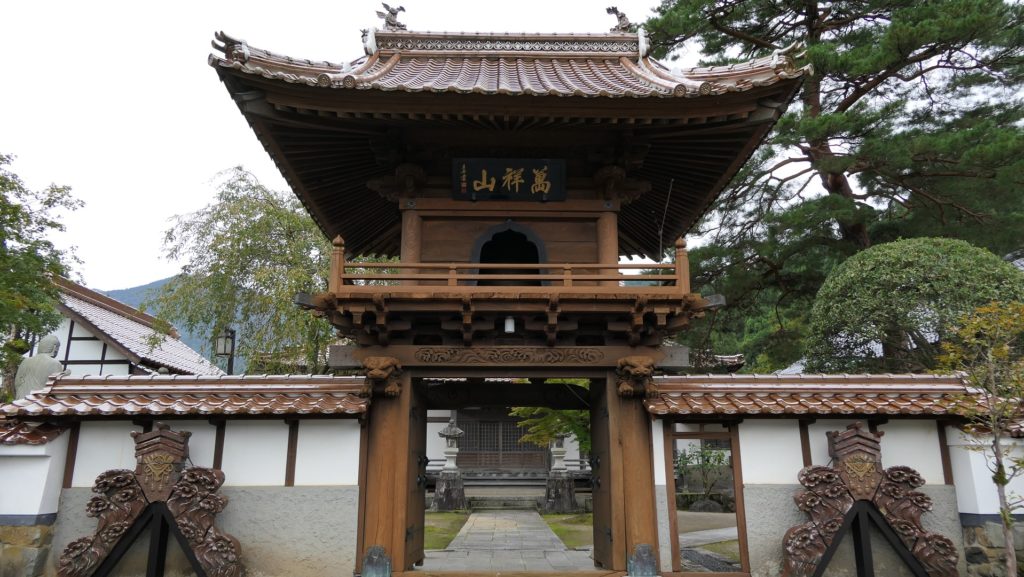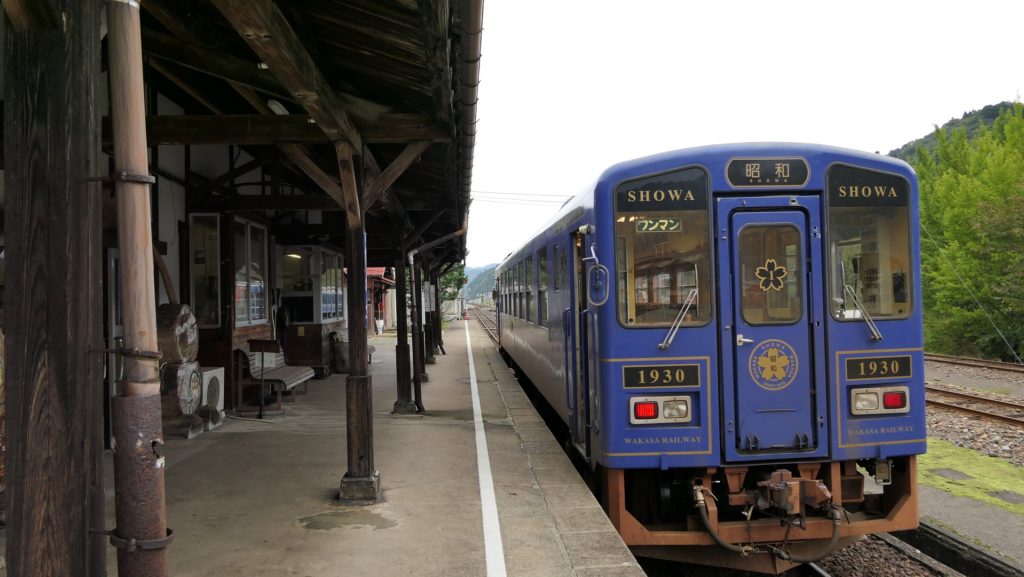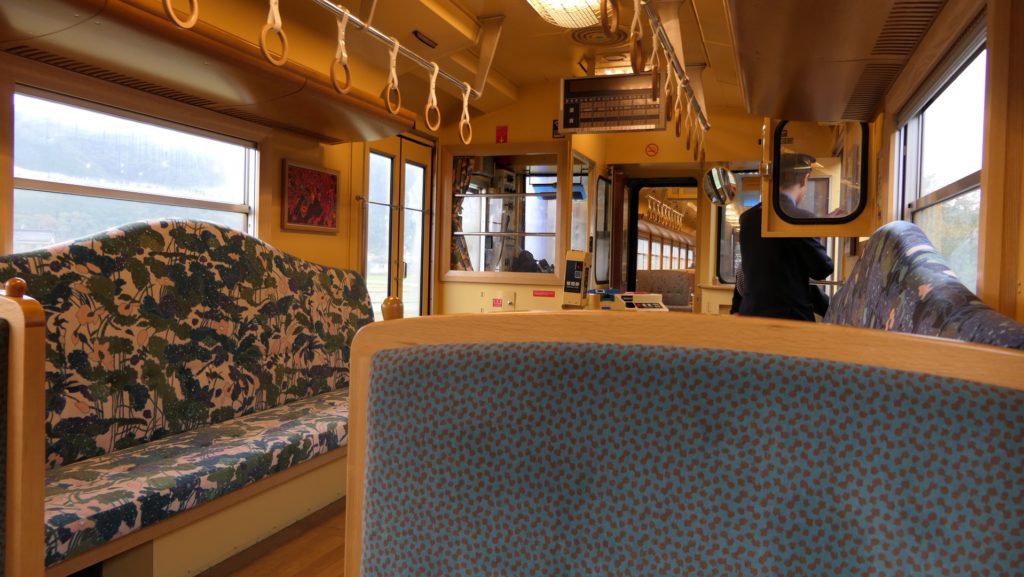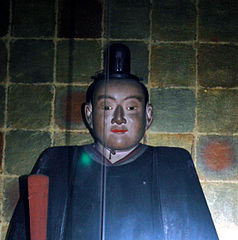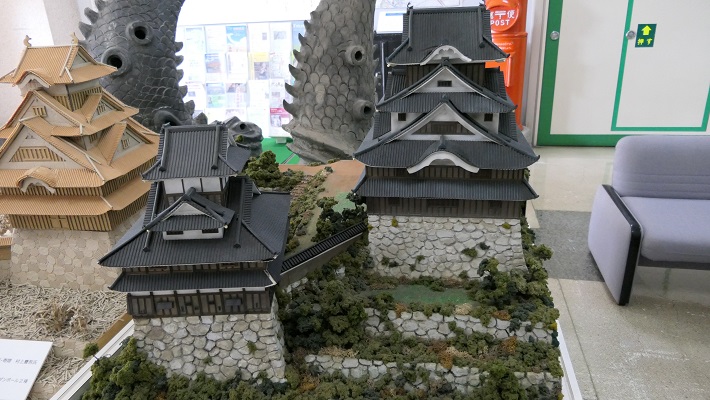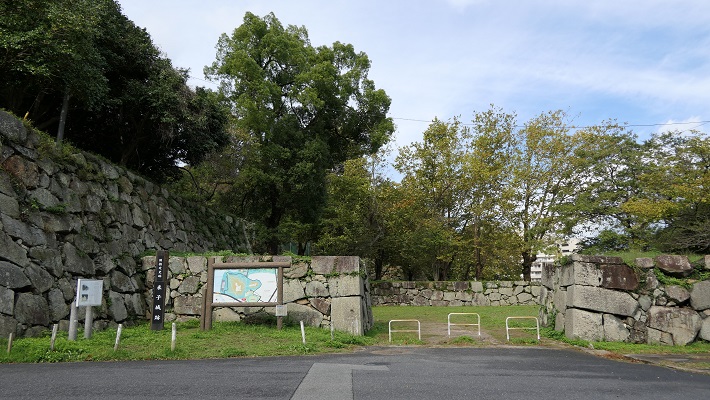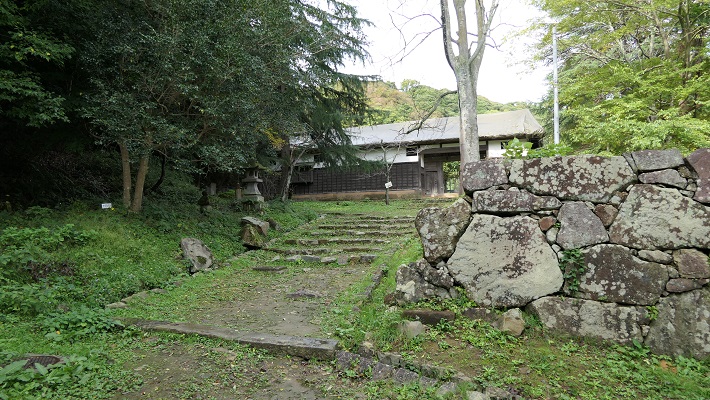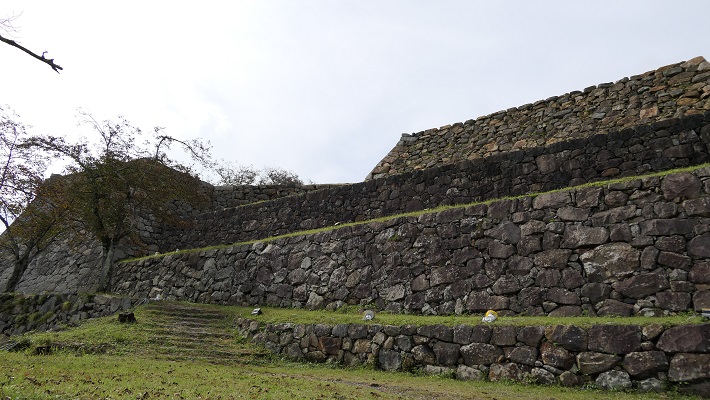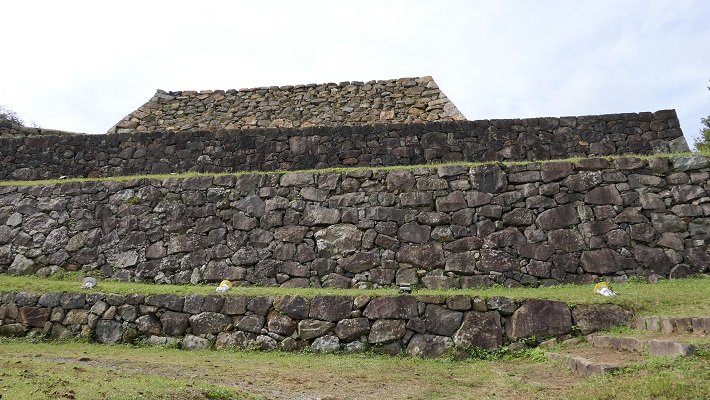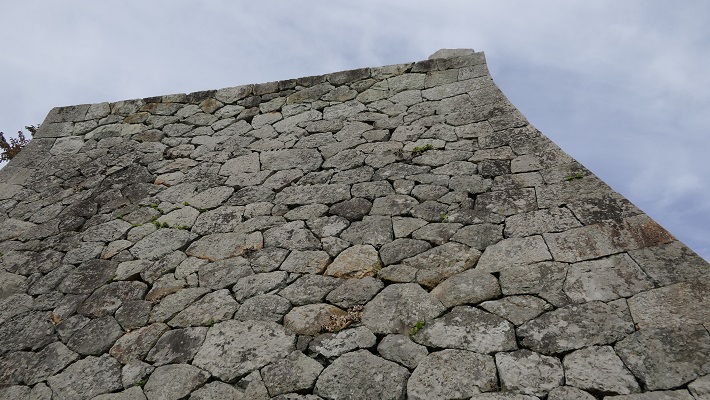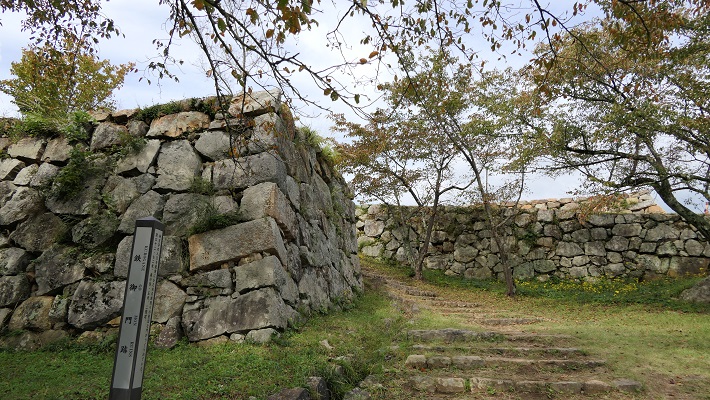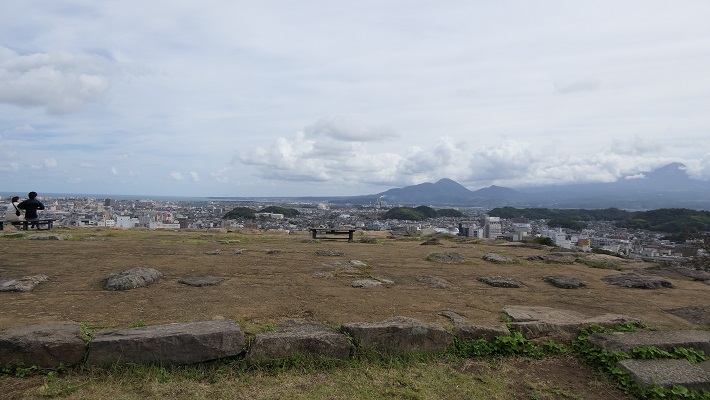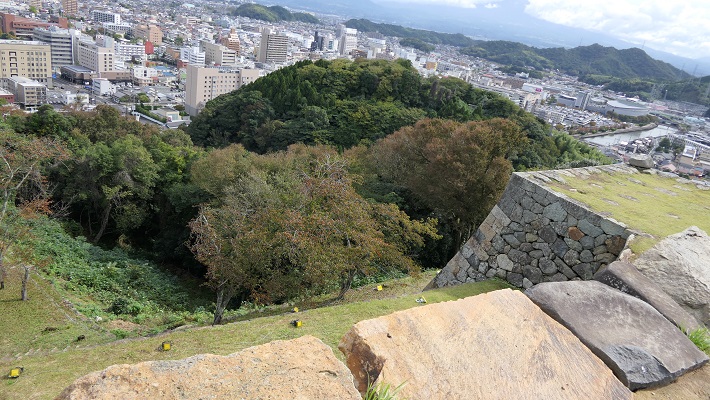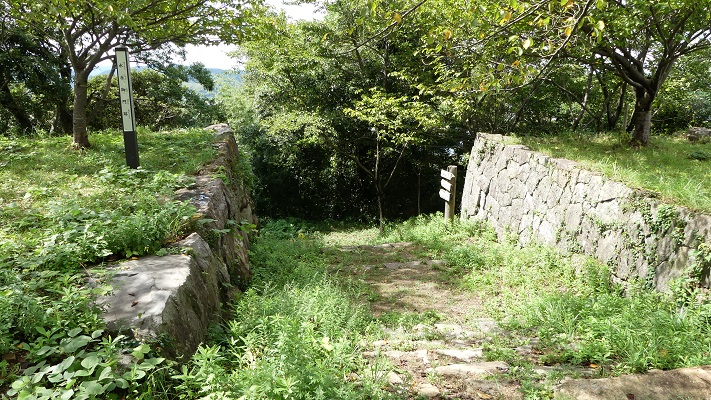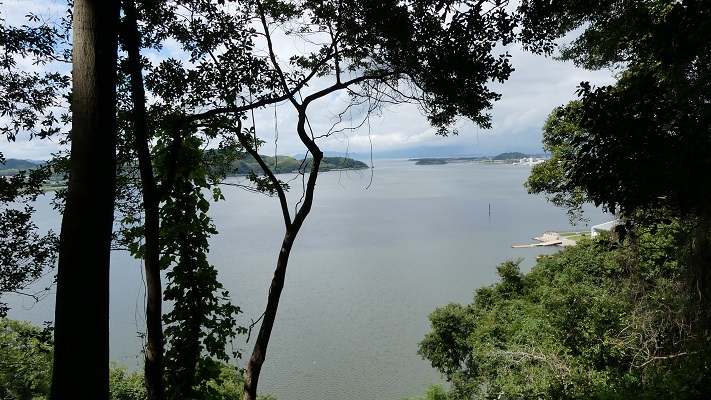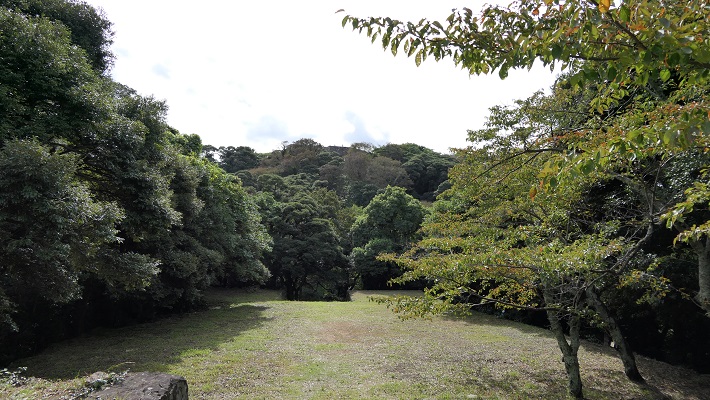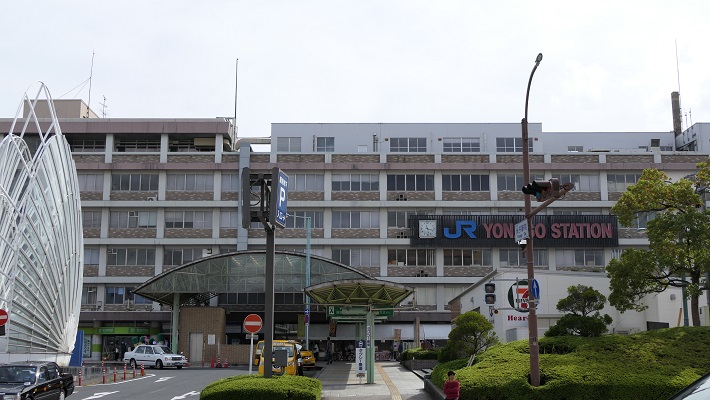立地と歴史~Location and History
織田と毛利の最前線~Front line between Oda and Mori
備中高松城は、備中国(現在の岡山県西部)と備前国(岡山県東部)の国境周辺にありました。この城の周辺地は、平坦で、沼地や足守川に囲まれていました。この城は典型的な「水城」で、最初は戦国時代に石川氏によって築かれました。
Bicchu-Takamatsu Castle was located around the boarder between Bicchu Province (the western part of now Okayama Pref.) and Bizen Province (eastern Okayama Pref.). The area around the castle is plain and was surrounded by marshes and the Ashimori-gawa River. The castle was a typical “water castle” and first built by the Ishikawa clan in the “Sengoku” or Warring States Period.
1582年4月、織田信長は既に備前国を手に入れていましたが、毛利氏が保持していた備中国を攻めようとし、部下の羽柴秀吉(後の天下人豊臣秀吉)を派遣しました。
In April 1582, Nobunaga Oda who had already invaded Bizen Province aimed to invade Bicchu that the Mori clan had, sent his retainer Hideyoshi Hashiba (the later ruler Hideyoshi Toyonomi) there.

備中高松城の戦い~Battle of Bicchu-Takamatsu Castle
秀吉は当初は備中高松城を強攻しましたが、それは失敗しました。彼は攻め方を変え、長い堤防を築き、足守川の水を貯めて、城を水攻めにしました。その時、日本は梅雨の季節でした。城は完全に孤立してしまいます。この包囲戦は5月8日に始まり、約1か月続きます。一方で秀吉は、毛利の外交僧である安国寺恵瓊と講和の交渉をしますが、秀吉の講和条件は毛利にとって厳しすぎるものでした。
Hideyoshi at first attacked Bicchu-Takamatsu Castle, but failed. He changed his strategy to flood the castle by building long banks and damming the water from Ashimori-gawa River. It was just the rainy season in Japan at that time. The castle was completely isolated. The siege started on May 8th and lasted for about a month. Meanwhile Hideyoshi negotiated with Mori’s diplomatic priest, Ekei Ankokuji to make a peace treaty, but Hideyoshi’s conditions for the plan was too strict for Mori.
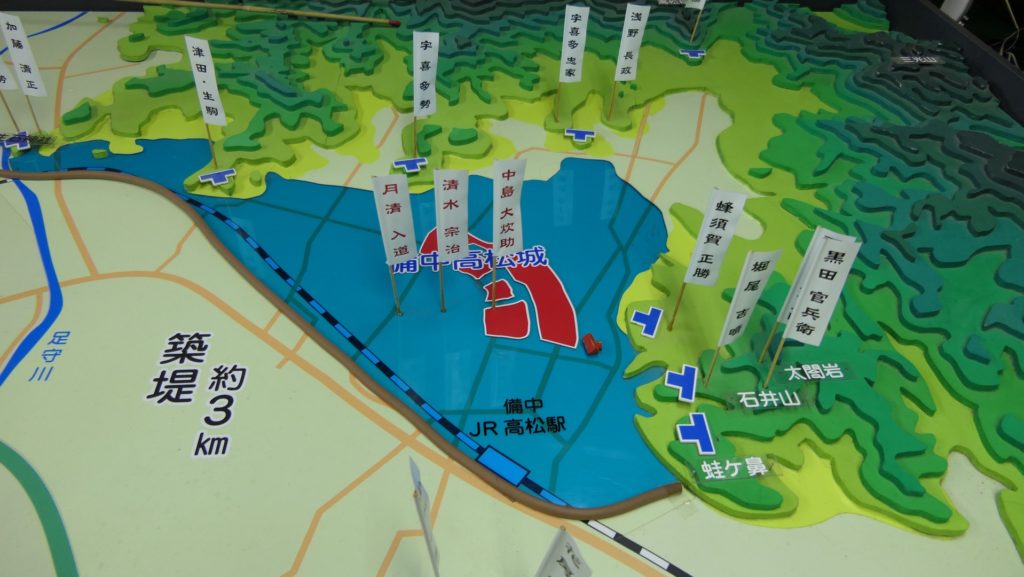
秀吉は主君の信長に救援を要請し、交渉を成立させるか、決戦を行おうとしました。ところが、6月2日、信長は秀吉の援軍に向かうはずだった明智光秀に京都で殺されてしまいます。6月3日の夜、光秀から毛利への使者が偶然秀吉により捕らえられたと言われています。秀吉は主君の死を知り、当惑し嘆き悲しみますが、彼の軍師の黒田官兵衛が秀吉を励まし、天下を取る好機であると言ったといいます。秀吉はすぐに決心しました。彼は毛利との条件に妥協し、翌日には講和を結びました。毛利は事件のことを後日知りますが、時すでに遅しでした。秀吉は堤防を破り、周辺を水浸しにしたからです。
Hideyoshi asked his master, Nobunaga for help to finish the negotiation or have a showdown. However, on June 2nd, Nobunaga was killed in Kyoto by Mitsuhide Akechi who should be the reinforcement for Hideyoshi. It is said that the messenger from Mitsuhide to Mori was accidentally caught by Hideyoshi on the night of June 3rd. Hedeyoshi was upset and cried to hear about his master’s death, but his strategist, Kanbe Kuroda encouraged Hideyoshi and said this was the chance to take the power. Hideshori quickly made up his mind. He compromised his conditions with Mori, making the peace plan the next day. Mori knew about the incident after that, but they were too late, because Hideyoshi broke the banks to flood the area around.
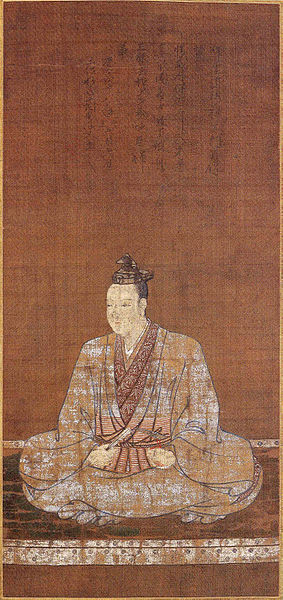
そして、彼と1万人以上の兵士は、備中高松城から80km離れた本拠地の姫路城に2、3日で帰還しました。彼は全ての財産を兵士に分け与えました。勇躍した兵士たちは6月13日に光秀を打ち破ります。光秀の天下はたった11日で終わりました。(山崎の戦い)
Then, he and his over 10,000 soldiers turned back to their base Himegi Castle, about 80km from Bicchu-Takamatsu Castle in two or three days. He gave all of his properties to his soldiers. The braved troops defeated Mitsuhide on June 13th. Mitsuhide’s glory was only 11 days. (Battle of Yamazaki)
何が真相か~What is the truth?
ある作家は、この話はあまりに出来すぎだと言います。秀吉と毛利との講和の成立があまりに早すぎるというのです。講和条件には城主の清水宗治の死が含まれていました。たった1日でこのような重要な決定がなされ、実行されるものなのでしょうか。その作家は秀吉は事件の発生を予測し、準備を進めたのではないかと推測しています。更には、毛利方の僧侶恵瓊もそれを知っており、秀吉と共謀したのではないかということです。彼らは事の成就を待っていたのです。
A writer says that story was too good to be true. He argued that it was too quickly to make the decision between Hideyoshi and Mori. The conditions included the death of the castle’s lord, Muneharu Shimizu. How could they decide and execute such important matters within one day? He speculates that Hideyoshi had predicted the incident would happen and had prepared for that. In addition, the Mori’s priest Ekei might have known and shared that with Hideyoshi. They were just waiting for the result.
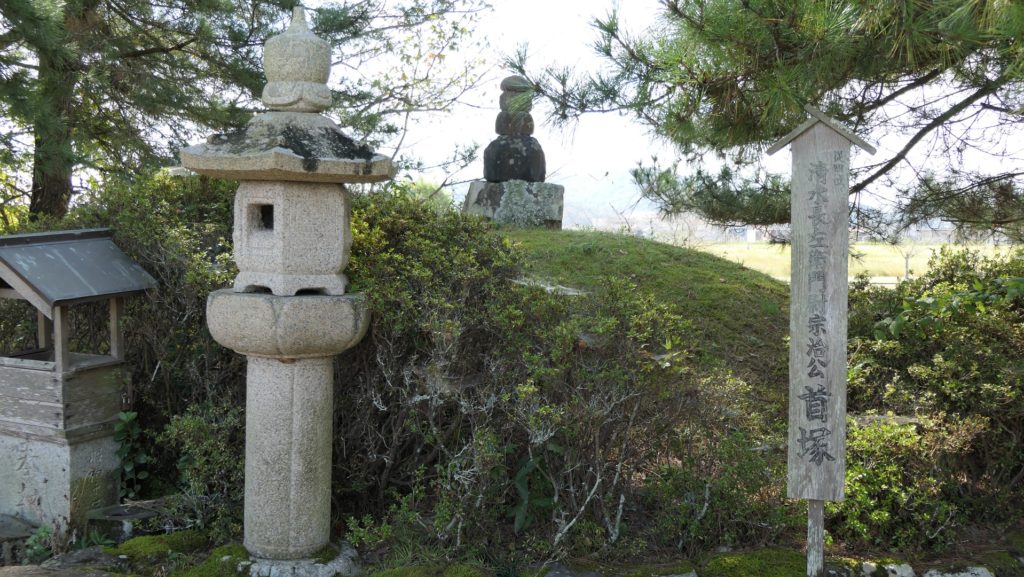
また、秀吉の早すぎる移動にも疑いがあります。この事自体は事実です。疑問点は、なぜ疲れ切った前近代の軍隊がこんな事ができたかです。姫路城での財物を含め、移動の準備も予め行っていたに違いないのです。この作家は秀吉は、光秀に信長を討つよう仕向けていたと考えています。
He also had doubts about Hideyoshi’s fastest movement. It is a fact. The question is why the tired pre-modern troops could do this. They must have also prepared for the movement as well as the properties in Himegi. The writer guessed Hideyoshi might lead Mitsuhide to attack Nobunaga.

特徴~Features
城跡~The ruins of the castle
現在、備中高松城跡は、水上公園として一般に公開されています。実にのどかな雰囲気が漂っていて、資料館ではその歴史を深く学ぶことができます。本丸跡には、宗治の首塚などが残っています。
Now, the ruins of Bicchu-Takamatsu Castle is open to the public as a water park. It has a relaxed atmosphere, and a museum where we can lean more about its history. At the ruins of the Main Enclosure or Honmaru, Muneharu’s grave and so on remain.
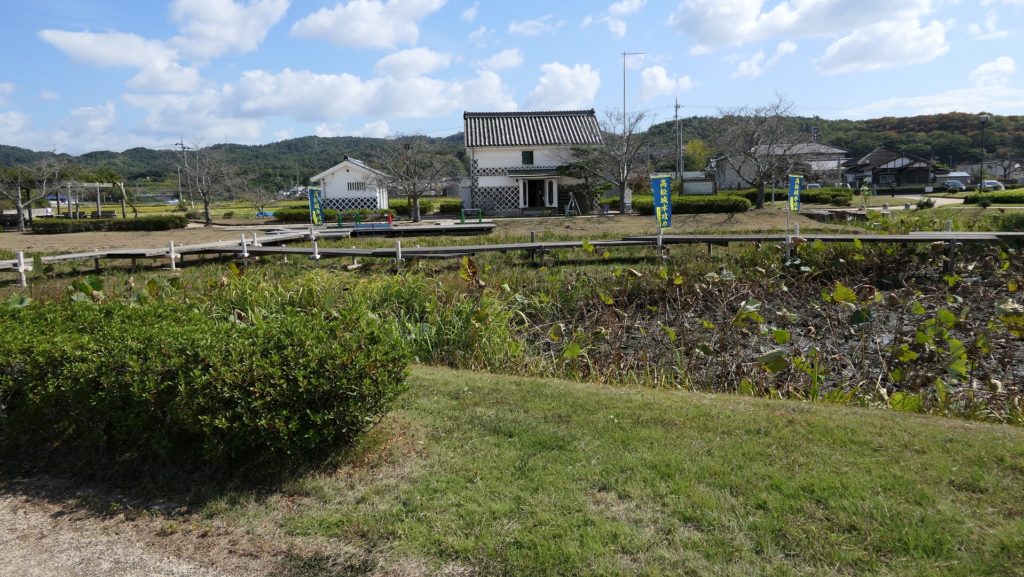
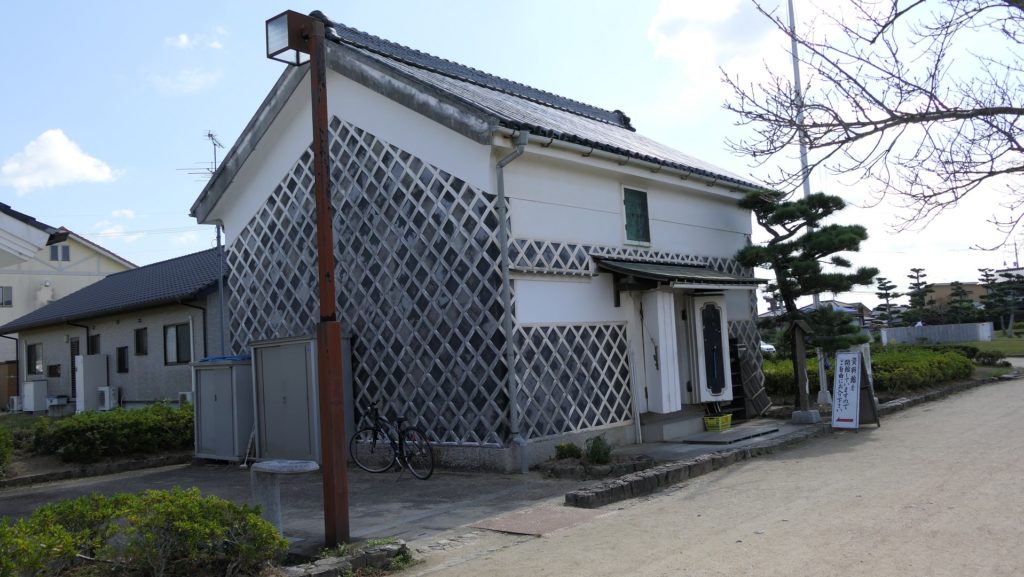
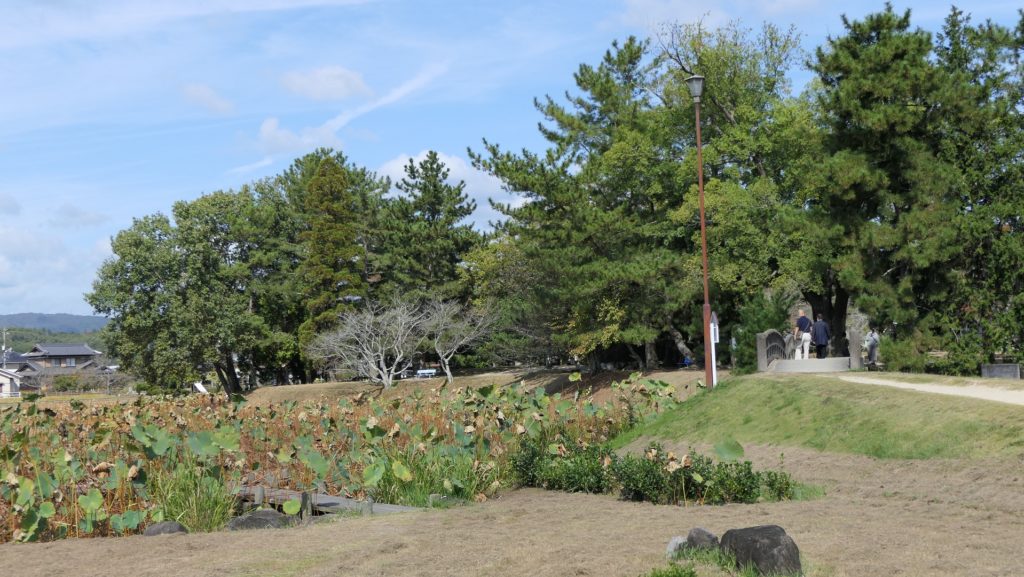
堤防跡~The ruins of the bank
それから、「蛙が鼻」堤と呼ばれる秀吉が築いた堤防跡にも行ってみることをお勧めします。この堤防は約5mの高さと約3kmの長さでした。この堤跡は、堤防の端に当たっており、現在は当時より低くなってしまったように見えます。しかし、実際に見てみることで、堤防がどんなに巨大だったか想像することができるでしょう。
I also recommend you visiting the ruins of the banks Hideyoshi built called “Kawazugahana” bank. The banks had about 5m height and about 3km length. The ruins were just at the edge of the banks, and look lower than in the past, but you can imagine how large the banks were by seeing them.
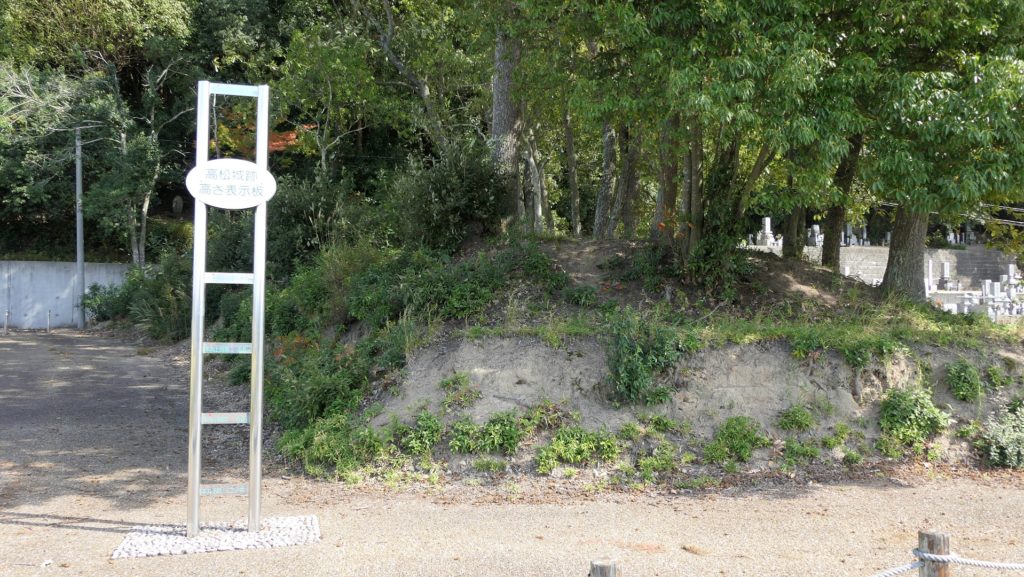
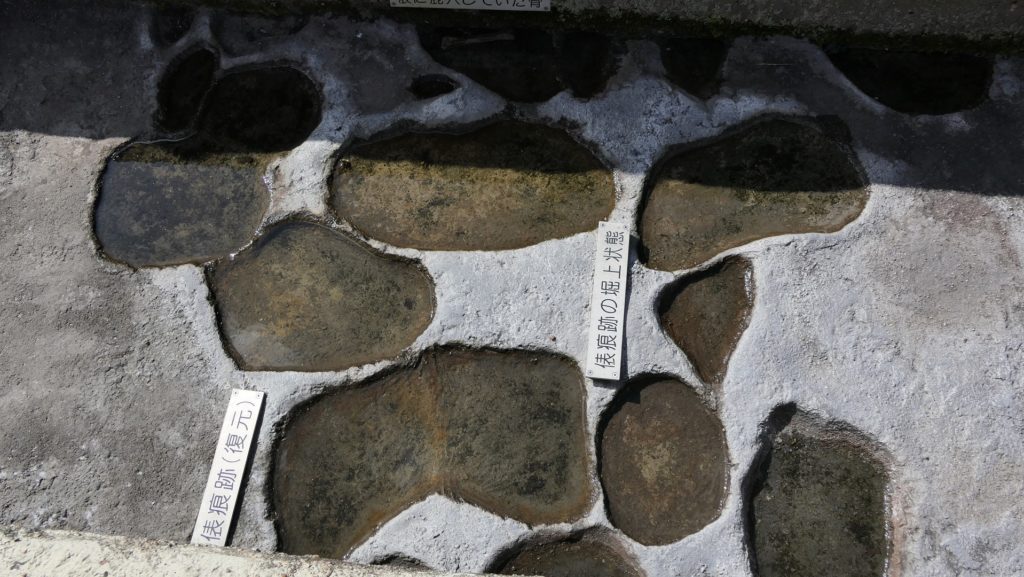
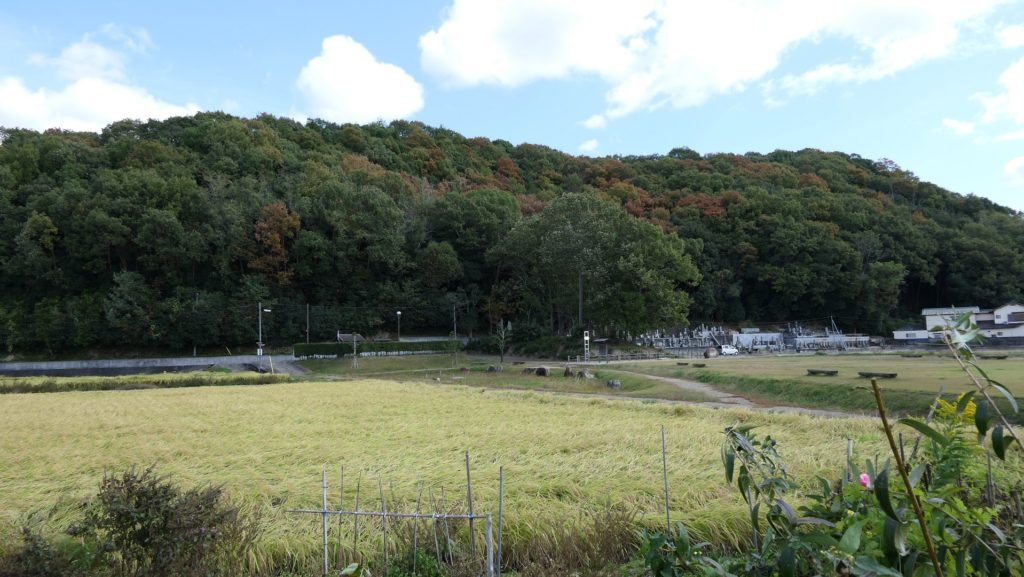
その後~Later History
戦いの後、城は宇喜多氏の所有となりました。江戸時代には、城は廃城となってしまいますが、本丸跡地に将軍の旗本が住んでいました。城跡は、1929年に国の史跡に指定されます。1985年には城跡周辺の地域は、豪雨による水害に見舞われますが、城跡は沈まなかったそうです。現代になって、城の立地の確かさが証明されたわけです。
After the battle, the Ukita clan under Hideyoshi took over Bicchu-Takamatsu Castle. In the Edo Period, the castle was abandoned, and a Shogunal retainer lived at the ruins of Honmaru. The ruins were designated as a National Historic Site in 1929. In 1985, the area around the ruins suffered natural flood from harsh weather. However, the ruins never sunk. That prove the good location of the castle in present day.
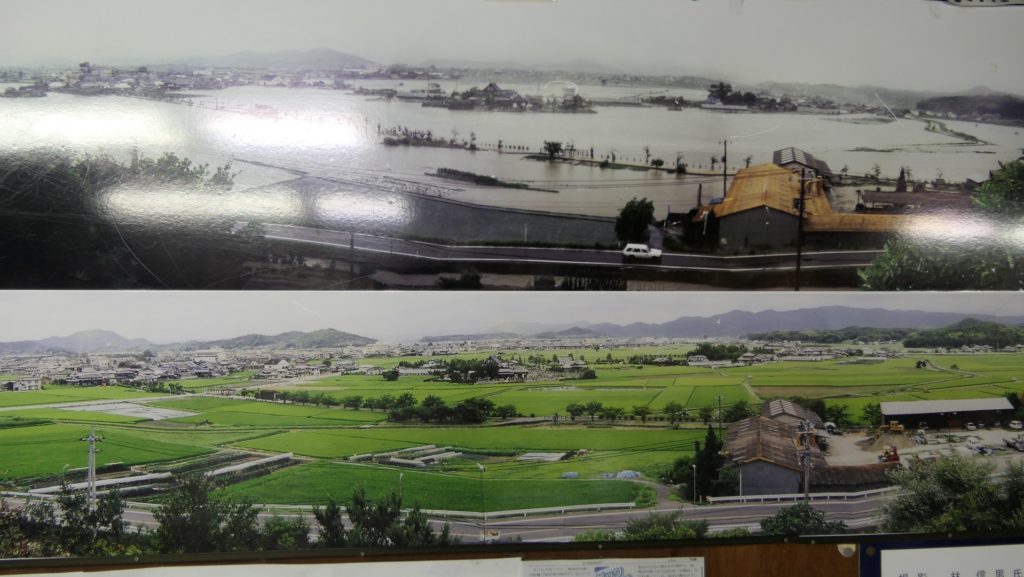
私の感想~My Impression
秀吉は、彼の主君、信長の身に何かが起こることを予測していたはずです。彼はそれを信長に告げずに、独立の準備を進めたのです。彼もまた戦国武将の一人でした。むしろ驚くのは、恐らくは一部は彼自身が作ったであろう劇的な物語を、ほとんどの日本人が定説として信じていることです。秀吉恐るべし。
I think Hideyoshi must have predicted something would happen to his master, Nobunaga. He didn’t inform that to Nobunaga to prepare for his independence. He was just one of warlords. I’m rather surprised that his dramatic story probably partially made by himself has been believed to be the theory by most of Japanese people. He is incredible!
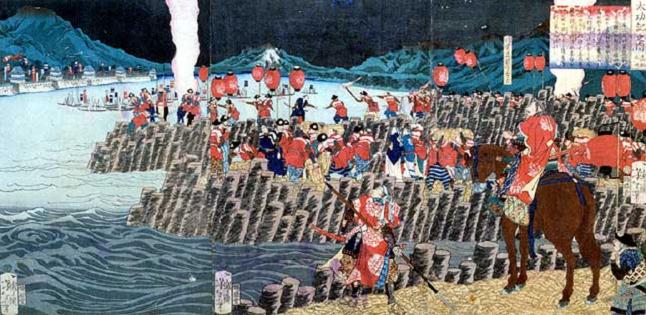
ここに行くには~How to get There
車で行く場合:山陽自動車道の岡山ICから約10分かかります。城址公園に駐車場があります。
電車で行く場合:JR備中高松駅から歩いて約10分です。
東京、名古屋または大阪から備中高松駅まで:新幹線で岡山駅まで行き、吉備線に乗り換えてください。
If you want to go there by car: It takes about 10 minutes from the Okayama IC on Sanyo Expressway. The park offers a parking lot.
If you want to go there by train: It takes about 10 minutes on foot from JR Bicchu-Takamatsu Station.
From Tokyo, Nagoya, or Osaka to Bicchu-Takamatsu Station: Take the Shinkansen super express and transfer to Kibi local line at Okayama Station.
リンク、参考情報~Links and References
・備中高松城址、おかやま観光ネット(Okayama pref. Official Site)
・「秀吉はいつ知ったか/山田風太郎著」ちくま文庫(Japanese Book)
・「よみがえる日本の城5」学研(Japanese Book)

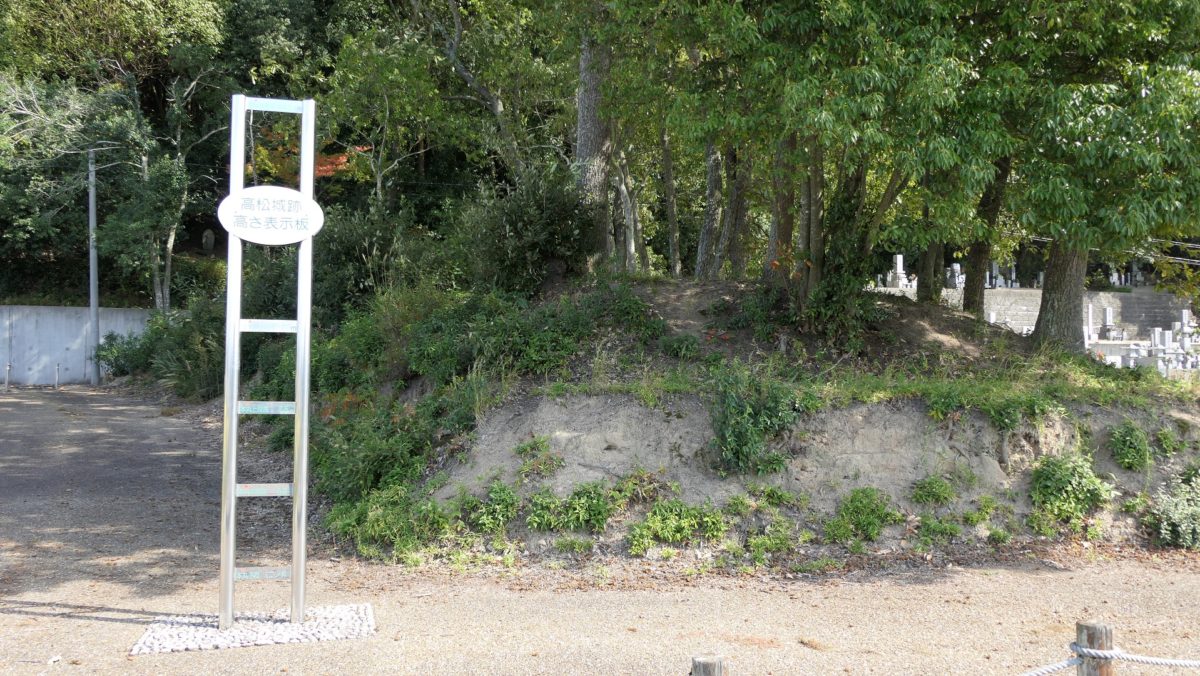
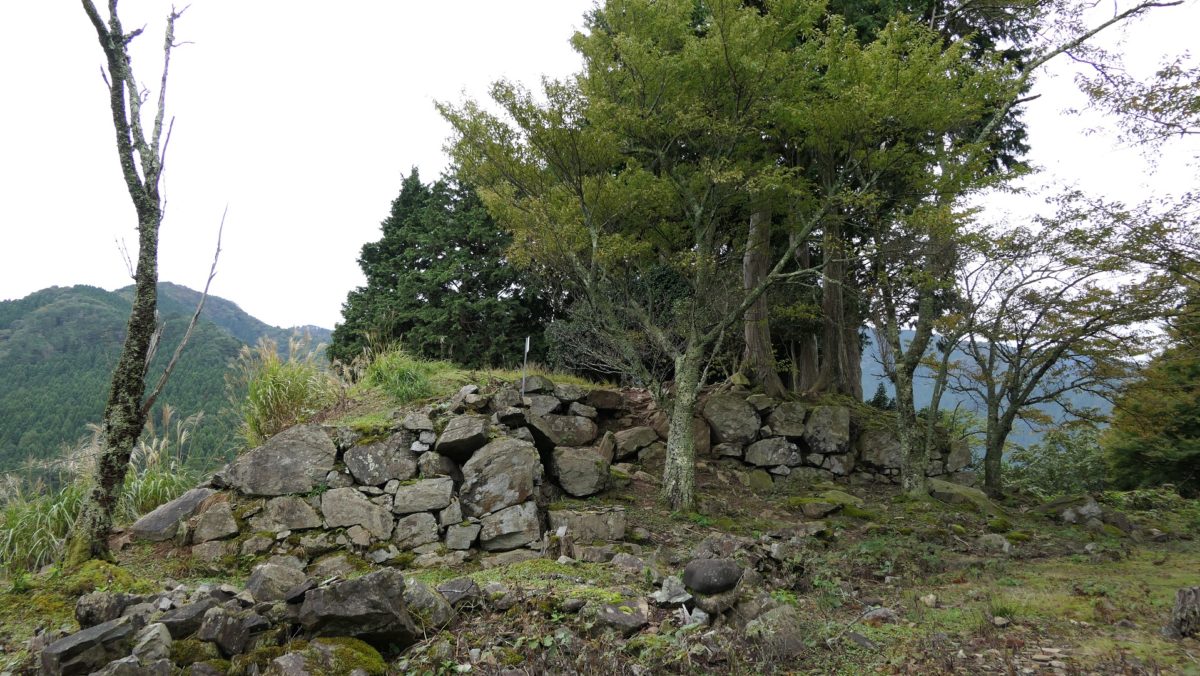
.jpg)
